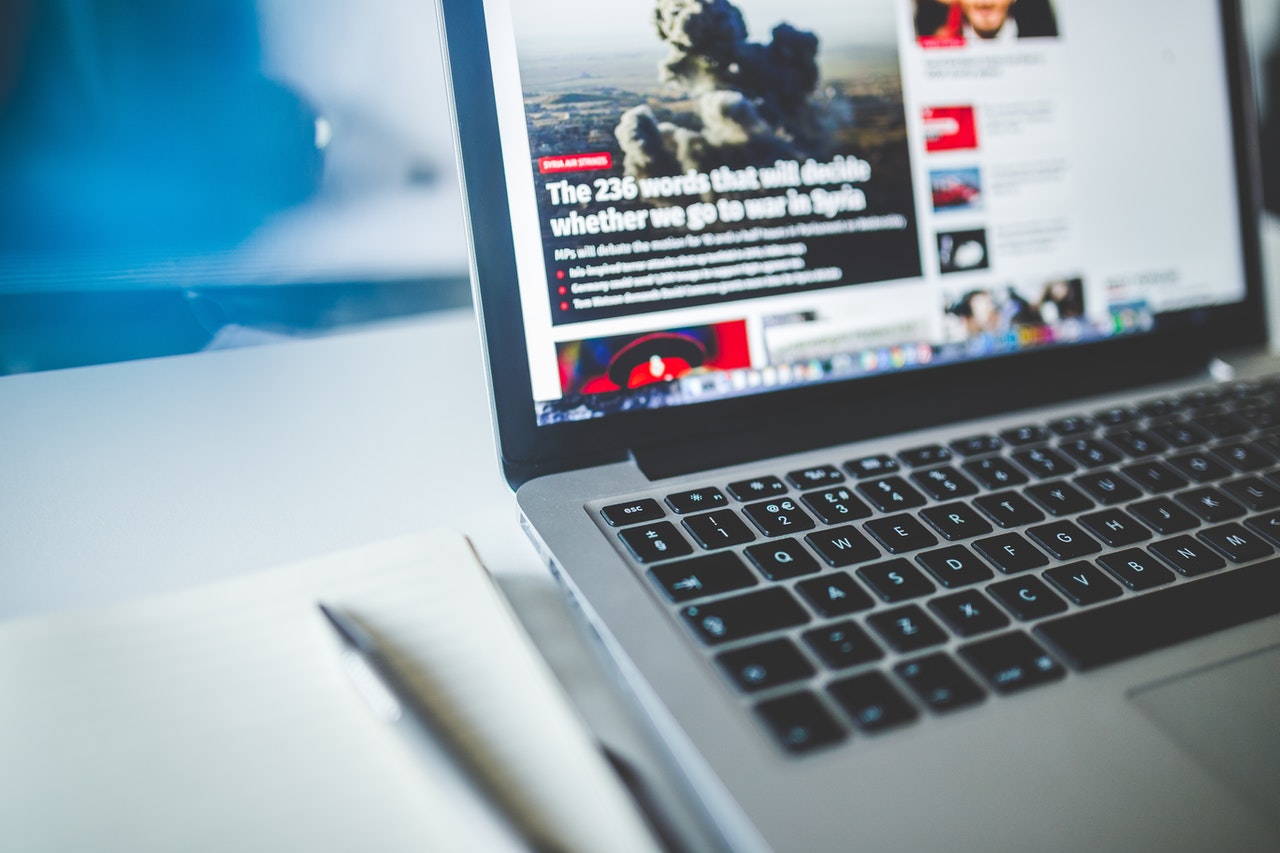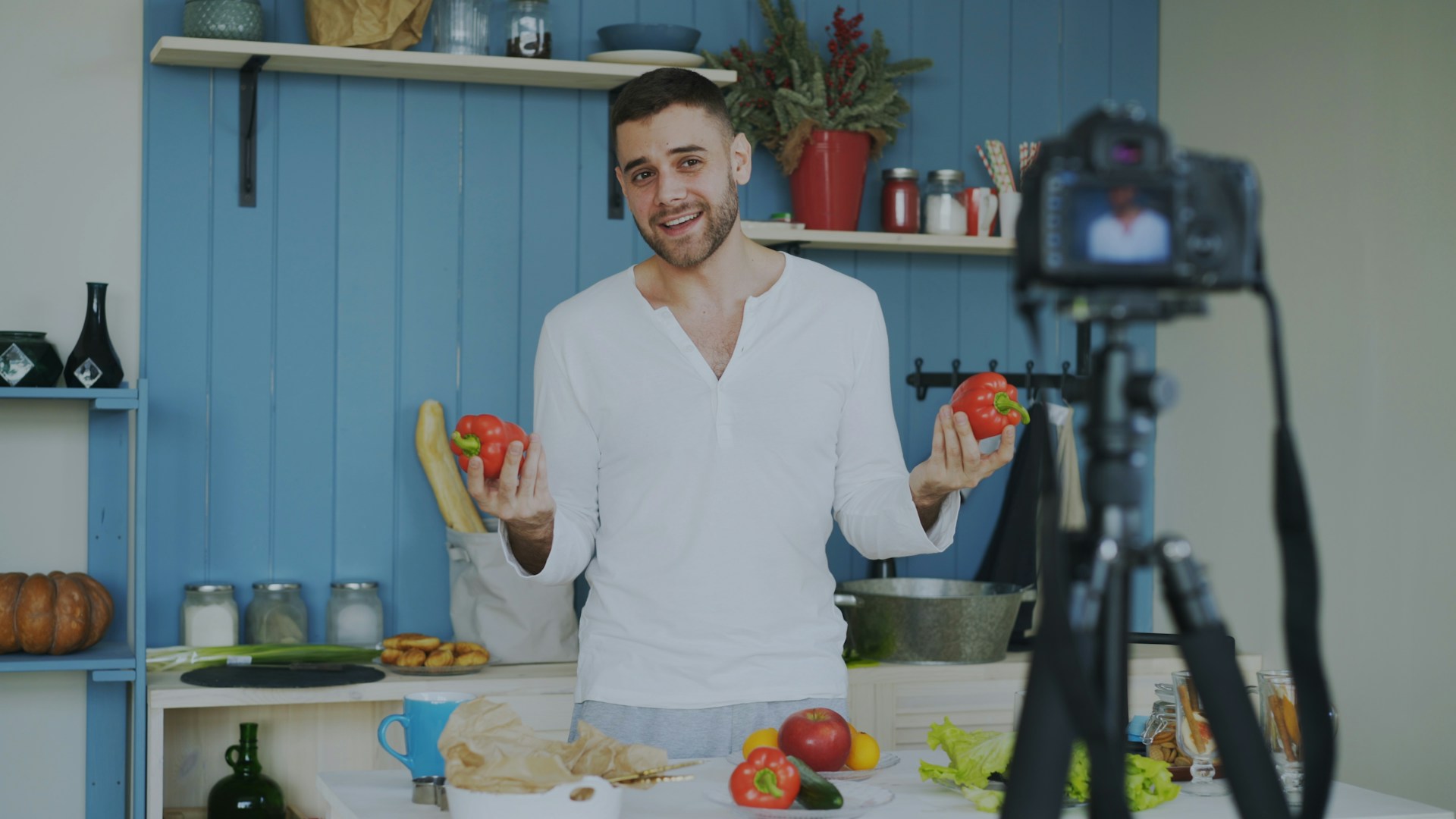This month I read an online article entitled ‘The 5G network is spreading coronavirus’ and it must be correct because it was written by a “scientist”, someone whose opinion we tend to trust. Plentiful scientific explanation and jargon, to a reader that doesn’t have a background in science, only serves to make the article seemingly more trustworthy. However, both the science and the overall message of the piece were, quite simply, wrong. To an untrained and uncritical eye, it is completely understandable why someone might read it and believe it. They might share it via Facebook or WhatsApp and you can see how scaremongering and fake news backed up by “science” and “scientists” can very quickly become widespread.
The internet nowadays, for right or wrong, has enabled everyone who wants a platform to have one, and the pandemic has thrust science into the mainstream media more than ever. We are in a time where a better understanding of health and disease, and of concepts like vaccination, social distancing and disease prevention, can make a difference to both personal and public health.
But in a world that is dominated by media that depends on stories and not fact, clickbait titles, and entire articles that are not representative of reality, how can the average person navigate between what’s trustworthy and what’s not?
“How can the average person navigate between what’s trustworthy and what’s not?”
To understand why science can be inaccessible and why the media is often the point of contact between the public and science, it is necessary to first consider how the scientific community operates. The nature of science is that it is built upon people thinking up hypotheses and ideas to answer questions about the things around them. Scientists then design studies and conduct experiments to collect evidence that may support or disprove these hypotheses. Results of this research are then published in an academic journal for other scientists to read, interpret, pick holes in. They assess whether this study and its findings can be trusted, whether further research is needed, and what that might look like. These studies answer small questions that can then be used in other research, contributing overall to the greater understanding of how the world around us operates. Science at its heart is a series of debates, building and breaking down ideas, repeating and redesigning experiments, and, above all, collaboration.
Scientific papers can be arduous reads; they are filled with methods, procedures, results, statistical analyses, conclusions and more, all given in scientific jargon. This is important, as these details are what enables other scientists to determine whether studies have been conducted well and whose data and conclusions can be trusted. However, this makes for essentially impossible reading by the layman. Therefore, to stay informed on science as a layman, it is necessary to rely on secondary sources to translate from the papers and conferences into something that’s accessible. Who can be trusted with this responsibility?
Some of the better sources are publicly funded outlets with a wide readership, such as the BBC. The pieces are concise and targeted at non-scientists, avoiding much of the jargon and difficult concepts associated with science writing. Charity websites provide a great source of information on medical science in particular, and also publish and explain research developments in a greater depth than the mainstream news. Publicly-funded sources are also unlikely to have a vested interest in the content and perspective in which science is published. Even these sources can get the facts wrong sometimes, but their wide readership means that mistakes and misreporting are often quickly picked up on and rectified.
Over the past five years, the number of people who listen to podcasts in the UK has more than doubled, and with over 75% of science podcasts being targeted to the public, podcasts are effectively making science more accessible. Explaining complex concepts in writing can lead to chunky, unengaging passages which the reader may quickly stop reading. This issue is something that podcasts can overcome. As their popularity has increased, the range of topics and discussions on offer has also expanded. Some series focus on answering popular science questions, sometimes sent in by listeners, while others are billed as weekly science-digests that focus on current developments and topics of interest in science at the time. Another great thing about panel-style podcasts is the exposure it gives to trustworthy and accredited scientists who are excellent at explaining science to someone without a background in it.
Twitter gives a platform to anyone and everyone who wants one, and it enables people to follow and be kept up to date with scientists who are interested in the same things as them. My Twitter feed is full of science links to articles, podcasts, videos and programmes from people trusted in the field and who are passionate about sharing science in an accessible way.
“Original information can get so lost and remodelled […] to generate clicks on a website, that the result is often unrecognisable from the truth.”
The issue with tabloid publications like the Daily Mail and The Sun being used as a source for scientific information lies in the fact that their primary purpose is not to educate, but to get people to click on to their website to generate revenue. Additionally, their articles are primarily written by people trained in journalism and not science; a science background is a fortuitous coincidence, and not a prerequisite. The Daily Mail, for instance, is well known for its ‘hot desking’, where employees have a different desk each day. Anecdotal evidence arising from a 2012 conference on science in the media conducted by the Royal Institute, suggests that journalists’ proximity to a given editor determines the articles they write, as opposed to matching their specialisms. It’s important to note here that no formal data exists on who reads scientific papers prior to writing science articles. However, further anecdotes from the same conference summarised in a blog on Nature1 and some investigative journalism by the Guardian2 in response to the conference, suggests that for some outlets – particularly tabloid newspapers – reading the original paper is dependent on deadlines, ease of accessing the paper and the quality of the press-release. These are the wrong factors to determine the quality and accuracy of scientific writing produced. The original information can get so lost and remodelled into something to generate clicks on a website, that the result is often unrecognisable from the truth. The best science news will come from sources and authors who know the science and whose purpose is to educate and report unbiasedly.
A common way science is misrepresented by outlets like these is in their use of statistics and cherry-picking of information. This can be illustrated by a hypothetical study and its subsequent representation in the media. Let’s say an online newspaper runs a story headlined, ‘study finds eating bananas triple your likelihood of cancer’ based on a study of 12 mice over three months. This headline may make you never want to eat a banoffee pie again, but it doesn’t actually tell you anything: firstly, a tripling in risk could mean anything from a 0.2% risk increased to 0.6%, or a 20% risk to 60%. Secondly, mice are not humans and extrapolation of results from animal experiments to humans can only go so far. Finally, 12 mice is a small sample size for a study. The best studies are conducted on large sample sizes because the results are less likely to arise due to chance–with this, bigger really is better. This kind of study is still important in science and for other scientists in the field to use in their own research. In isolation, however, it can’t reasonably prove anything. For every study indicating one thing about a particular treatment or drug, there may be other studies with contrasting results. This nuance is often ignored by media outlets who are more interested in website views than being entirely representative of the truth.
Good science is not published on Facebook, or WhatsApp threads, or blogs by self-proclaimed experts. The source is also relevant because having a seemingly scientific title such as “nutritionist” still isn’t enough to be trustworthy. My favourite example of this is Oxford scientist Dr Ben Goldacre’s dead cat Hettie, who is ‘a certified professional member of the American Association of Nutritional Consultants’ according to her personal twitter account. How? A $60 diploma purchased online. As with the so-called scientist from the start of this article who claimed there is a link between 5G and coronavirus, online it is very easy to claim to be something you’re not. That’s where considering the source also becomes important. Every individual needs to be able to assess who is a more reputable source; a health expert writing for the World Health Organization (WHO) or a health expert writing for their echo-chamber Facebook page?
In a time where science is at the forefront of the world, when fake news spreads six times faster than real news and when public health has become a political football, it is more important than ever to engage with science with both a mixture of curiosity and scepticism. If in doubt, science news or information that is genuine can always be verified with secondary trusted sources such as the WHO, charity pages such as Cancer Research UK, and patient advocacy groups. The pandemic has shown more than ever how important it is to understand the science around you and thankfully, there are more groups and people than ever who aim to continue making science as accessible as possible, for everyone.
Sources & further reading:
- Nature blog – Scientists and journalists need different things from science – Response 1: To Read, or Not To Read a Paper (and Can You
- Understand It)? The Guardian – Should science journalists read the papers on which their stories are based? (accessed 13/11/2020)
Title image by Negative Space from Pexels.





